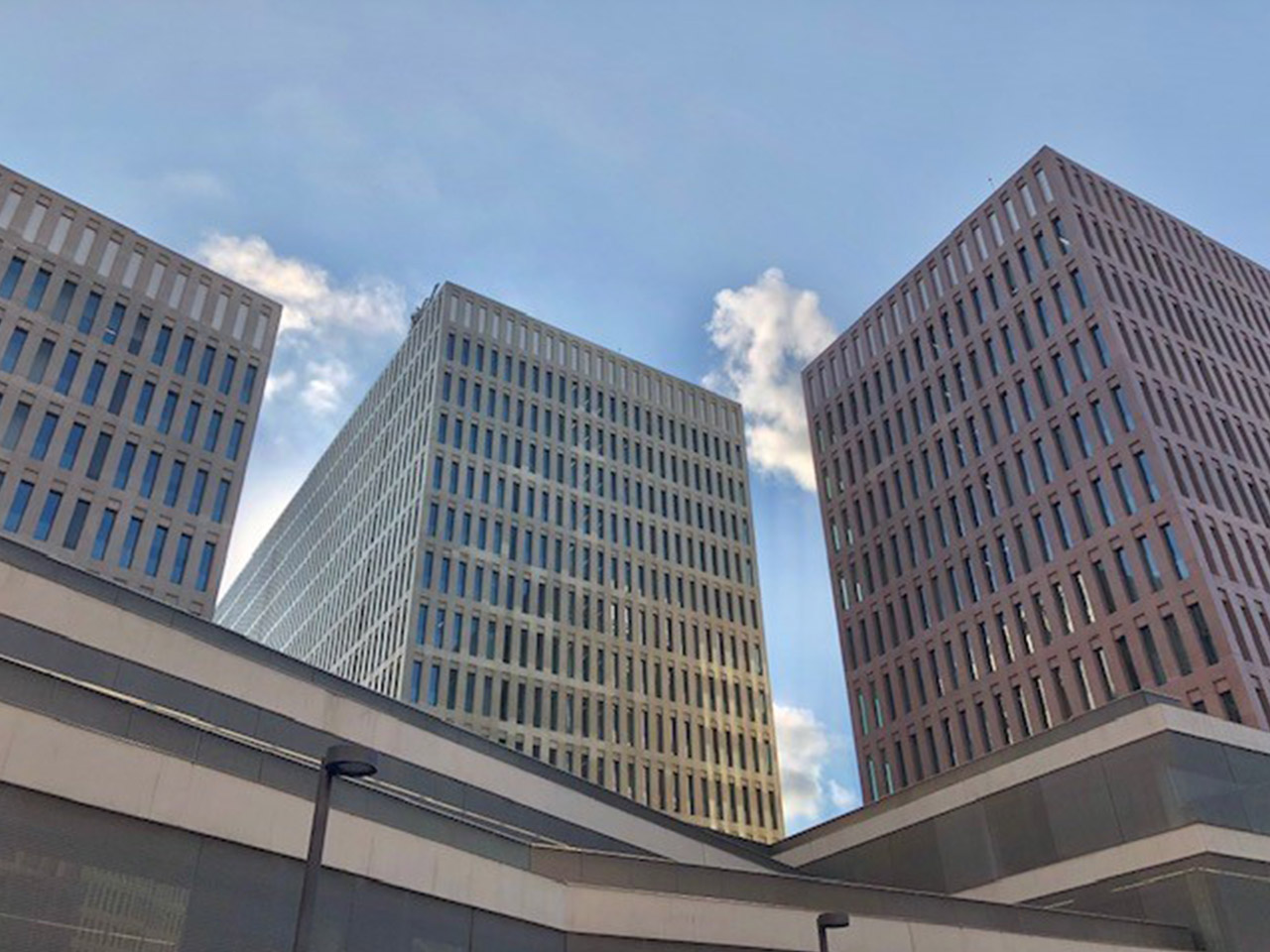
20 May Restorative Justice in Catalonia and Spain
Restorative Justice in Catalonia and Spain: A Path to Humanizing the Penal System
Restorative justice is neither a passing trend nor a soft version of justice. It is a deep, demanding and transformative approach that focuses on people —especially on victims— rather than only on the offence and the punishment.
What is restorative justice?
According to the Council of Europe, restorative justice is “a process whereby the victim and the offender, if they freely consent, meet to identify and address harms, needs, and obligations arising from the offence, with the involvement of the community where appropriate.” It is not an ADR (Alternative Dispute Resolution) tool for civil or commercial cases, nor a shortcut to reduce penalties. It is a form of justice built on responsibility, reparation, and reintegration.
Legal framework: past and present
Restorative justice has been developing in Spain since the 1990s, especially in juvenile justice with Organic Law 4/1992, which reformed the system of criminal responsibility for minors. Catalonia, with powers in juvenile justice, was a pioneer in offering penal mediation services, which are the foundation of today’s restorative practices.
This framework has since evolved:
- The Victim’s Statute (Law 4/2015), in Article 18, recognizes victims’ rights to participate in restorative justice processes.
- The 2018 Council of Europe Recommendation CM/Rec(2018)8 sets the standards for member states.
Recently, two key legal changes took place:
- The Organic Law 1/2025, reforming the Criminal Procedure Law, introduced an additional ninth provision (pushed by GEMME) that regulates restorative justice explicitly.
- Article 20 of the Criminal Procedure Law allows judges to refer cases to restorative justice at any stage: investigation, trial, or sentencing.
Restorative justice ≠ Penal mediation
Although they may look alike, restorative justice is not the same as penal mediation. Mediation aims at reaching an agreement; restorative justice focuses on healing harm, active listening, and meeting victims’ needs — with or without a formal agreement.
Also, entering a restorative process does not mean admitting guilt. Voluntariness, confidentiality, and the presumption of innocence are safeguarded.
A transformative process
At the conference hosted by ICAB on May 16, 2025, titled “Reflections on the Current State of Restorative Justice”, leading experts highlighted that restorative justice is not soft. It is a demanding process that gives victims a voice and allows offenders to face the impact of their actions.
It is not a replacement for the criminal justice system, but a way to enrich and humanize it.
Today’s challenges
Despite progress, restorative justice remains underused. Few cases are referred by courts, and the 2015 Victim’s Statute is barely applied. There is a need for proper, regulated training for judges, prosecutors, lawyers and facilitators.
Challenges include: how to include victims of gender-based violence, respond to linguistic and cultural diversity, and ensure safe and supportive spaces.
Justice for all
Restorative justice should be a right for all victims. Not to replace punishment, but to provide meaningful, human reparation. As Nils Christie once said, “judges and lawyers have stolen conflicts from the people.” It’s time to give them back.
Justice will be restorative — or it will not be.
